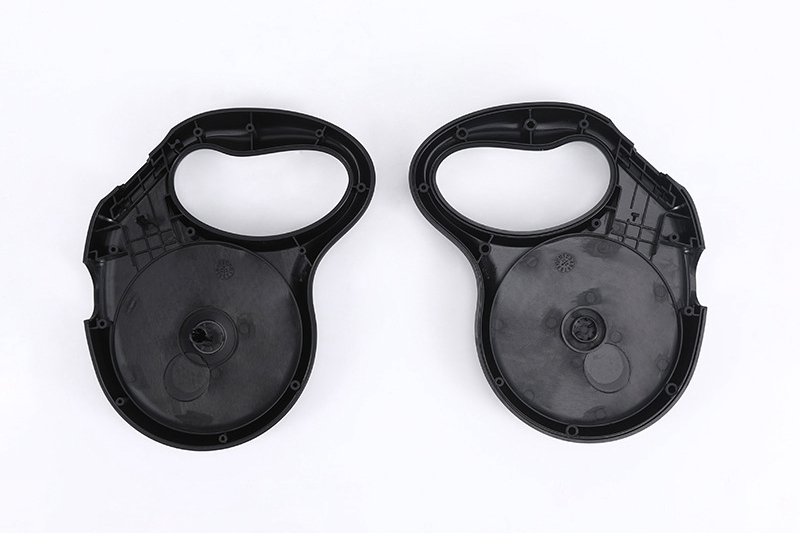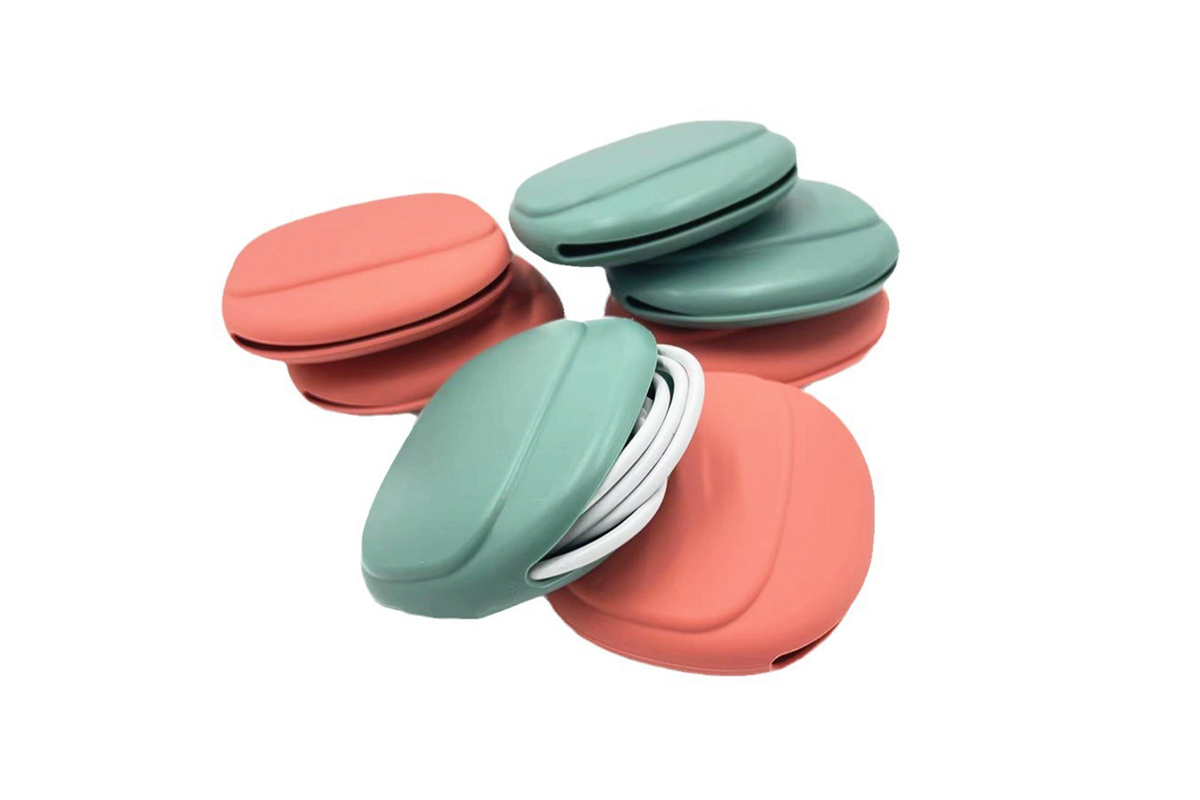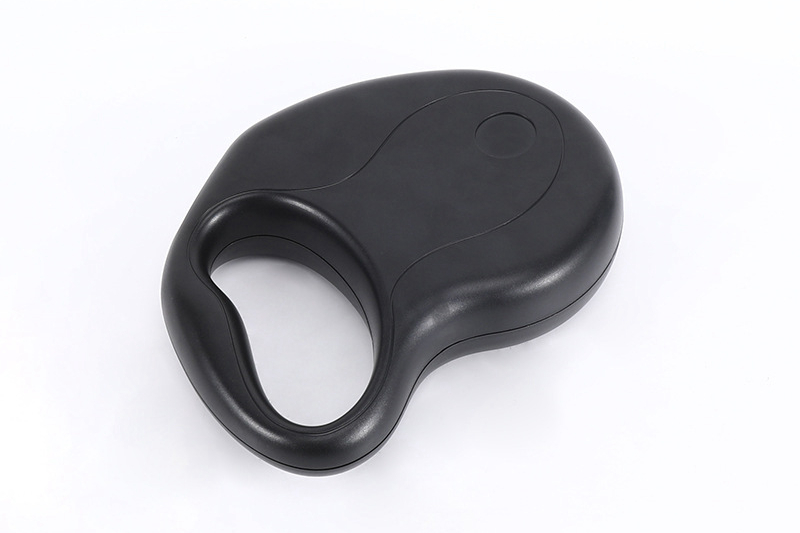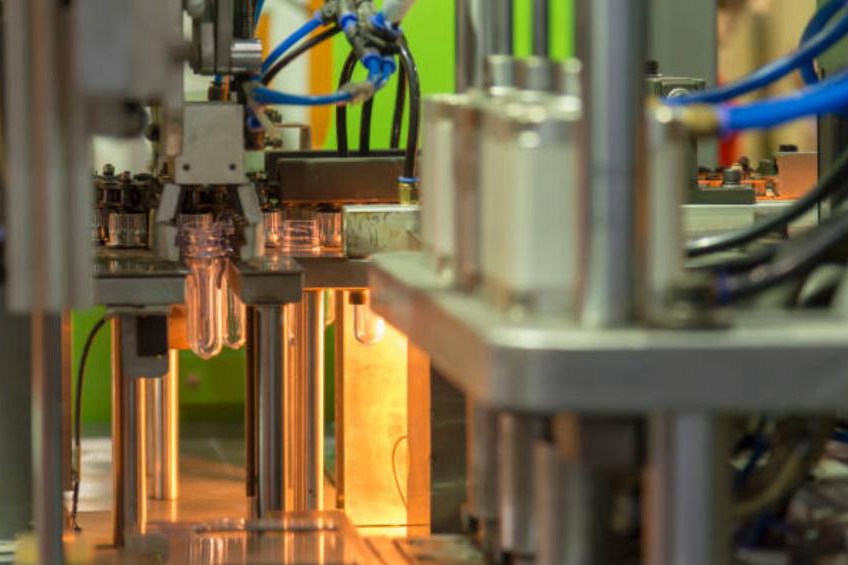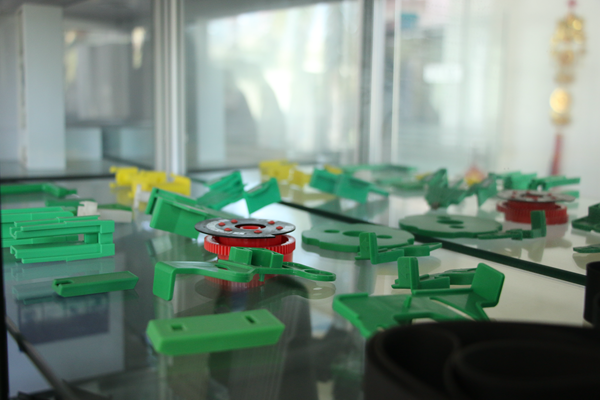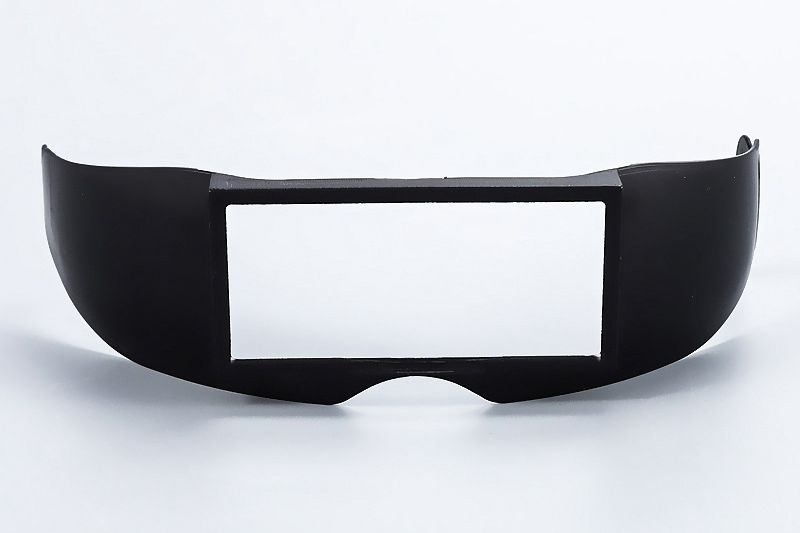Comparing Thermosets and Thermoplastics in Plastic Injection Molding
Plastic injection molding is a fundamental manufacturing technique, renowned for its precision and versatility in producing complex and detailed parts across various industries. This process utilizes two primary categories of plastics: thermosetting plastics and thermoplastics. Each type of plastic brings distinct properties and behaviors to the molding process, influencing everything from the design of the mold to the final product's performance.
Understanding the differences between these two types of plastics is crucial for manufacturers, designers, and engineers. Choosing between a thermoset and a thermoplastic can impact a project's durability, cost, and feasibility. This blog aims to comprehensively explore these materials, comparing their properties, applications, and the intricacies of their use in injection molding.
Basic Definitions
Thermosetting Plastics Thermosetting plastics, also known as thermosets, are polymers that solidify or "set" irreversibly when heated. This process, called curing, involves a chemical reaction that typically occurs with the addition of a catalyst, heat, or both. Curing creates strong cross-links between polymer chains, forming a rigid three-dimensional structure. Once set, thermosets cannot be melted and reformed, making them durable and resistant to heat and chemicals. Common examples include epoxy, phenolic, and polyester resins.
In contrast, thermoplastics do not undergo chemical changes when heated, allowing them to be repeatedly melted, reshaped, and solidified. This property provides flexibility and recyclability, making thermoplastics highly versatile for various applications. They consist of linear or branched polymer chains that can be repeatedly softened by heat and hardened by cooling. Popular thermoplastics include Silicone rubber, Fluorosilicone, polyethylene (PE), and polypropylene (PP).
Material Properties and Characteristics
Chemical Structure and Behavior During Heating and Molding
Thermosets: Thermosetting plastics have a network of polymers that are heavily cross-linked, creating a complex 3D structure. When heated during molding, thermosets undergo a chemical reaction that permanently changes their structure. This reaction, often initiated by heat and a curing agent, sets them into a rigid and inflexible form that cannot be reshaped or remelted after curing. This characteristic makes thermosets ideal for products requiring high thermal stability and structural integrity.
Thermoplastics consist of linear or slightly branched polymer chains that allow them to melt and flow when heated. Unlike thermosets, they do not undergo any chemical changes that alter their structure, allowing them to be reheated, reshaped, and cooled multiple times without significant degradation. This property facilitates easy recycling and reprocessing but also means that they generally have lower thermal and chemical resistance than thermosets.
Comparison of Physical Properties
Heat Resistance:
Thermosets are highly heat-resistant once cured and can maintain structural integrity at higher temperatures than thermoplastics. It makes them suitable for high-heat applications such as automotive under-hood components.
Thermoplastics, while versatile, tend to soften or melt at higher temperatures, which limits their use in environments that exceed their heat tolerance.
Durability and Strength:
Thermosets are generally more rigid and have higher dimensional stability under stress. It is beneficial for applications requiring durable parts with precise tolerances.
Thermoplastics offer varying levels of strength and flexibility depending on their formulation. However, they typically excel in applications where a degree of flexibility is beneficial, such as containers and packaging.
Flexibility:
Thermosets cure into a rigid form, offering excellent rigidity but limited flexibility, making them less suited for applications requiring impact resistance and flexibility.
Thermoplastics can be highly flexible and impact-resistant, which is advantageous for bumpers, storage containers, and other items that require impact resistance.
Manufacturing Process
Injection Molding Process for Thermosets
Feeding and Heating: Thermoset polymers are typically introduced into the injection molding machine as powders or preforms. Unlike thermoplastics, thermosets are heated only to the point where they become malleable, but not completely liquid. This stage is critical to prevent premature curing before the material is injected into the mold.
Injection and Molding: The malleable thermoset is injected into a heated mold, triggering the curing process. The mold temperature and injection pressure are carefully controlled to ensure complete filling and adequate curing without degrading the material.
Curing and Ejection: After injection, the thermoset polymer undergoes chemical cross-linking within the mold, a process that is irreversible. Once cured, the mold is cooled slightly (but not to the extent used with thermoplastics), and the solidified part is ejected.
Injection Molding Process for Thermoplastics
Feeding and Melting: Thermoplastics are fed into the injection molding machine in granular form. They are then heated to a specific temperature, melting into a liquid. This fully molten state is necessary to allow the plastic to flow easily into the mold.
Injection and Cooling: The liquid thermoplastic is injected into a cooled mold. The cooling process solidifies the plastic quickly, resulting in cycle times that are generally faster than those for thermosets. Cooling speed is essential for maintaining the shape and dimensions of the product.
Ejection: Once the thermoplastic has solidified, the mold is opened, and the part is ejected. The rapid cooling enables a quick turnaround, thereby enhancing productivity.
Comparisons of Complexities, Cycle Times, and Costs
Complexities:
Thermosets require precise control over temperature and timing to manage the curing process without premature cross-linking.
Thermoplastics involve simpler temperature management but require careful cooling to prevent deformities.
Cycle Times:
Thermosets often have longer cycle times due to the need for curing within the mold, which can slow down production rates.
Thermoplastics typically feature shorter cycle times, as the cooling process is quicker than curing, facilitating higher production volumes.
Costs:
Thermosets can be more costly to mold due to longer cycle times and the complexity of the process.
Thermoplastics generally allow for lower production costs due to faster cycle times and the ability to reuse scrap and regrind material, reducing waste and material costs.
Applications and Use Cases
Thermosetting Plastics in Various Industries
Automotive: Thermosets are widely used in the automotive industry to produce high-strength, heat-resistant parts, including engine components, electrical housings, and brake parts. Their ability to withstand high temperatures and corrosive chemicals makes them ideal for under-the-hood applications.
Aerospace: Thermosets are chosen for their lightweight and high-strength properties. They are used to fabricate structural components, insulation materials, and interior panels that must endure extreme environmental conditions and stress.
Electrical and Electronics: Thermosets play a critical role in the electrical sector due to their excellent electrical insulation properties. They are used to manufacture circuit boards, electrical insulators, switchgear, and other components that require durability against electrical and thermal stress.
Industrial Applications: Thermoset plastics are used in heavy machinery and industrial equipment for components that require high dimensional stability and resistance to heat and chemicals.
Thermoplastic Applications in Various Industries
Packaging: Thermoplastics are predominant in the packaging industry due to their flexibility, durability, and recyclability. PET and HDPE are commonly used for containers, bottles, and wrapping films.
Consumer Products: From toys to household items, such as containers and furniture, thermoplastics are favored for their versatility, ease of manufacturing, and aesthetic qualities. Their ability to be molded into complex shapes and vibrant colors enhances product appeal.
Automotive: Thermoplastics are also widely used in the automotive sector, particularly for components that do not face high heat stress, such as bumpers, dashboards, and interior trims. They offer a good balance of weight, cost, and performance.
Medical Devices: The medical industry relies on thermoplastics to manufacture a wide range of devices, including syringes, surgical instruments, and wearable devices. Their sterilization ability and biocompatibility make them suitable for medical applications.
How Properties Influence Suitability
Thermosets: The cross-linked structure of thermosets provides superior thermal stability, chemical resistance, and structural integrity, making them suitable for high-performance applications that require durability under harsh conditions.
Thermoplastics: The re-moldable nature of thermoplastics offers design flexibility and cost-effectiveness for large-volume production, making them ideal for consumer products and other applications where complex shapes and aesthetics are essential.
Advantages and Disadvantages
Advantages of Using Thermosetting Plastics
Superior Thermal Stability: Thermosets are highly heat-resistant and maintain their strength and shape at higher temperatures than most thermoplastics. This makes them ideal for high-heat applications, such as those in the automotive and aerospace industries.
Excellent Chemical Resistance: Due to their cross-linked structure, thermosets are less likely to degrade in harsh chemical environments, making them suitable for industrial applications involving corrosive substances.
High Mechanical Strength: Thermosets generally have greater structural integrity and can bear heavier loads, which is crucial for applications requiring durable and robust components.
Disadvantages of Using Thermosetting Plastics
Non-Recyclable: Once cured, thermosets cannot be remelted or reshaped. It limits their recyclability and can raise environmental and waste management concerns.
Complex Manufacturing Process: The injection molding process for thermosets is more intricate and less tolerant of errors than that for thermoplastics, potentially leading to higher production costs and longer cycle times.
Limited Design Flexibility: Once a thermoset is molded and cured, altering its shape or integrating new features without starting from scratch is challenging.
Advantages of Using Thermoplastics
Recyclability: Thermoplastics can be melted down and remolded multiple times, enhancing their sustainability and reducing waste in production.
Versatility in Applications: The ability to be easily colored, molded, and finished makes thermoplastics ideal for a wide range of products, from consumer goods to medical devices.
Cost-Effectiveness: Generally, thermoplastics offer lower material costs and faster production cycles, making them economically favorable for high-volume manufacturing.
Disadvantages of Using Thermoplastics
Lower Resistance to Heat and Chemicals: Thermoplastics tend to soften or melt at high temperatures and may not perform well in environments where chemical exposure is a concern.
Less Structural Strength: While some high-performance thermoplastics offer considerable strength, they typically do not match the load-bearing capacity of thermosets.
Potential for Deformation: Because thermoplastics soften under heat, products made from these materials can warp or deform under extreme thermal conditions.
Cost Analysis
Comparing Costs: Thermosets vs. Thermoplastics
Raw Material Costs:
Thermosets: Generally, thermosetting polymers can be more expensive per unit than many common thermoplastics due to the specialized chemicals and additives they contain for their curing process.
Thermoplastics: Often less expensive on a per-unit basis and available in a broader range of grades and quantities, which can reduce material costs, especially in high-volume productions.
Processing Costs:
Thermosets: The injection molding process typically involves longer cycles due to the curing phase, which can lead to increased labor and energy costs. The complexity of the process may also require more specialized equipment and maintenance.
Thermoplastics typically have shorter cycle times, as the cooling process is quicker than the curing process, leading to higher throughput and lower labor costs. The ability to recycle scrap material back into the production cycle also reduces waste and associated costs.
Tooling and Equipment Costs:
Thermosets: These materials may require more robust tooling to handle the high temperatures and pressures necessary for curing, potentially increasing initial tooling costs.
Thermoplastics: Tooling can be less expensive due to lower operational temperatures and pressures. Additionally, the wear on tools can be less severe compared to thermosets.
Waste Management and Recycling Costs:
Thermosets: Limited recyclability leads to higher costs in waste management. Disposal must be handled more carefully, which can incur additional expenses.
Thermoplastics are highly recyclable, which can significantly reduce waste disposal costs. Facilities can often reintegrate scraps and defective parts into the production cycle, minimizing waste.
Overall Cost-Effectiveness:
Thermosets: Although the initial costs and production expenses may be higher, thermosets can be more cost-effective for applications that require materials with superior performance under extreme conditions.
Thermoplastics are generally more cost-effective for large-scale production runs and applications that do not require the high-performance characteristics of thermosets.
Choosing the Right Material
When deciding between thermosets and thermoplastics for a plastic injection molding project, several factors must be considered to ensure the material chosen aligns with the product's performance requirements and budget constraints. Here's a practical guide to help make this decision:
Consider the Product's Exposure to Environmental Conditions:
Temperature: Thermosets might be preferable if the product operates under high temperatures or fluctuating thermal conditions due to their superior heat resistance and dimensional stability.
Chemical Exposure: For products that come into contact with chemicals or corrosive materials, thermosets offer better resistance and will likely have a longer lifespan in such environments.
Electrical Requirements: Thermosets are often the best choice for components requiring electrical insulation due to their excellent dielectric properties.
Evaluate Mechanical Load and Durability Needs:
Structural Integrity: Products that must withstand heavy loads or stress would benefit from the robust nature of thermosets, which are typically more substantial and durable.
Flexibility and Impact Resistance: Thermoplastics are generally more suitable due to their elastic properties, which allow the product to absorb impacts or flex under pressure without breaking.
Assess Production Volume and Cost Efficiency:
High-Volume Production: Thermoplastics are often more cost-effective for large-scale production due to their shorter cycle times and lower raw material costs. Their ability to be recycled can also reduce overall material costs.
Low-Volume or Specialized Applications: Thermosets, while generally more expensive, may be more economical for products that are not mass-produced but require the specific advantages they offer.
Sustainability Considerations:
Recyclability: If environmental impact is a significant concern, thermoplastics offer an advantage due to their recyclability. It can be crucial for companies aiming to meet sustainability goals or comply with environmental regulations.
Waste Reduction: Thermoplastics enable the reintegration of scraps and defective parts into the production process, potentially reducing waste and improving overall material utilization.
Customization and Aesthetics:
Color and Finish: Thermoplastics are more accessible in terms of color and finish, allowing for a wide range of aesthetic options, which benefits consumer-facing products.
Surface Quality: If the product requires a high-quality surface finish or complex textures, thermoplastics provide more options and flexibility in design.
